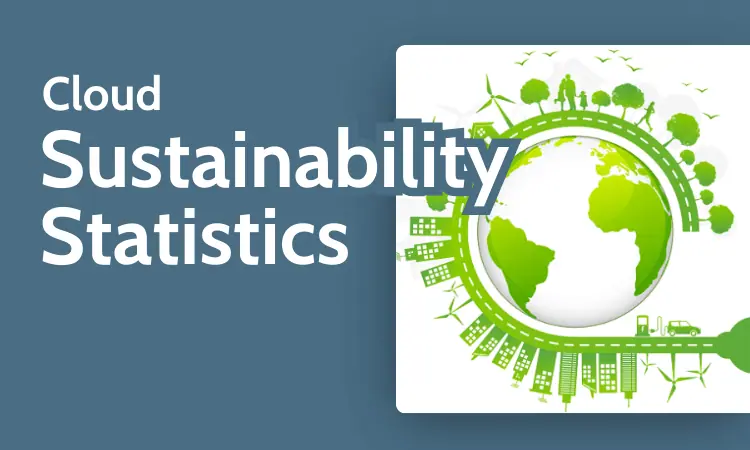
Cloud Sustainability in 2025: The Strategic Imperative for IT Leaders
For CIOs and CTOs, it’s now a strategic imperative. Ignore it, and you risk higher costs, ESG non-compliance, and losing competitive advantage to organisations who are using the cloud not just to run workloads — but to run them smarter, greener, and leaner.
Why the Board Is Asking About It
The conversation isn’t about “going green” for PR points. It’s about aligning delivery outcomes with measurable ESG returns.
🔹 Cloud migration can reduce emissions by up to 84%.
🔹 Higher ESG performance correlates with higher operating margins and lower volatility.
🔹 By 2030, the global cloud EBITDA value will reach $3 trillion — with sustainability-led efficiency as a driver.
This isn’t a compliance exercise. It’s a delivery multiplier.
From Data Centre to Delivery Impact
Every IT leader knows legacy infrastructure burns cash and carbon in equal measure. Moving to the cloud is only half the story — the other half is designing for sustainability from day one:
🔹 Consolidate workloads into high-efficiency, renewable-powered data centres.
🔹 Deploy AI and IoT to optimise energy usage in real-time.
🔹 Adopt liquid immersion cooling and high-efficiency chips to reduce energy demand at the hardware level.
When you do this, you’re not just cutting emissions — you’re freeing budget, reducing operational risk, and accelerating delivery cycles.
The Measurement Gap
Boards and investors want proof, not promises. The tools exist:
🔹 AWS Customer Carbon Footprint Tool
🔹 Microsoft Emissions Impact Dashboard
🔹 Google Cloud Carbon Footprint
But here’s the consultant’s truth: metrics only matter if they inform delivery decisions. Too many organisations treat them as reports rather than steering mechanisms.
The Risk of Standing Still
IT leaders who delay risk being locked into:
🔹 Higher OPEX from inefficient infrastructure.
🔹 ESG scores that drag on valuations.
🔹 Talent attrition — because the next generation of IT professionals choose to work for sustainable organisations.
Meanwhile, competitors will use sustainability-driven delivery models to outpace you on cost, agility, and market trust. You can read the full article here.
My Recommendation
If I were advising your board tomorrow, here’s the move:
-
Audit your current cloud footprint — include hidden emissions in hybrid setups.
-
Prioritise migrations that deliver both immediate carbon and cost savings.
-
Select talent — contractors, consultants, permanent hires — who understand the ESG impact of architecture and delivery decisions.
-
Report and act — turn sustainability metrics into delivery KPIs, not just ESG updates.
Final Word:
Cloud sustainability is no longer a side project for your IT team — it’s a board-level strategy lever. The organisations who act now will set the delivery standards everyone else is forced to follow in three years’ time.
At 123.EXPERT, we connect you directly with delivery professionals who’ve implemented this shift before — and can do it again, aligned to your strategy, your budget, and your ESG commitments.


 OR BELOW IF YOU PREVIOUSLY USED YOUR EMAIL ADDRESS TO REGISTER:
OR BELOW IF YOU PREVIOUSLY USED YOUR EMAIL ADDRESS TO REGISTER: